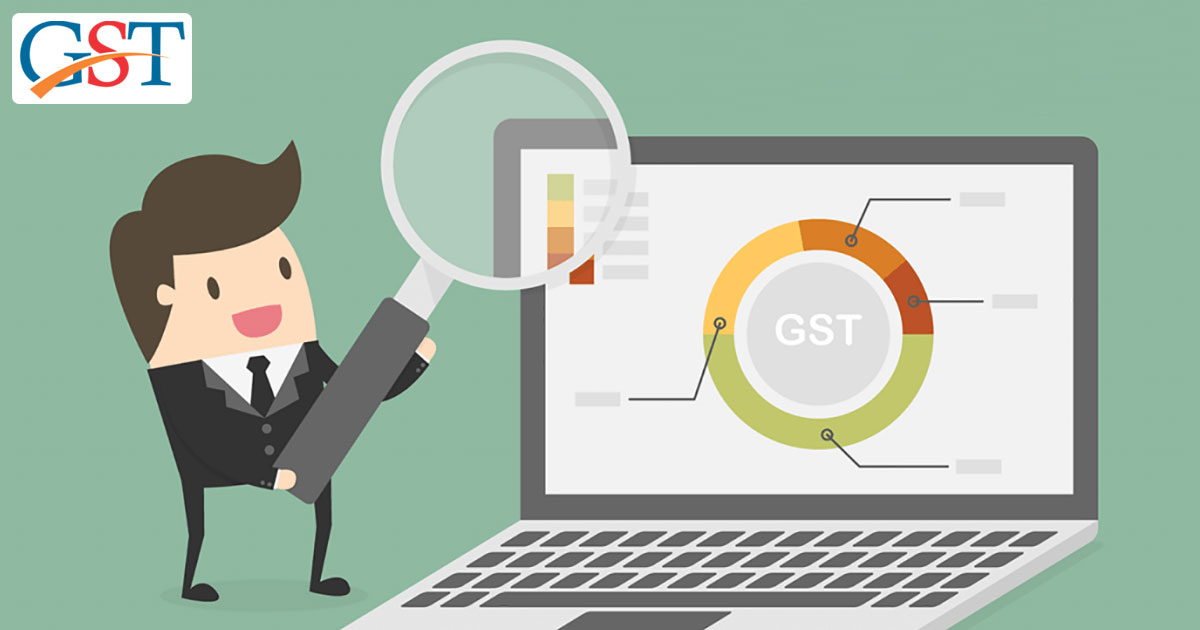 |
| image source :- Google |
“You can have it all. Just not all at once”… This quote perfectly explains the dilemma and the truce that underlines a YEAR of GST in INDIA. At one hand the number of registered taxpayers have increased but on the other fuel prices have also been on an accent, with the petroleum minister even proposing bringing it within GST ambit. India doing well in the ease of doing business criteria means an increase in foreign investments but India’s domestic industries are still getting at ease with GST.
The complexities and regular tweaks have raised eyebrows but overall the transition has been free of any major hiccups other than a few operational glitches. The GST is still in its teething stage and it would be unfair to judge it at this juncture in time. In this blog, we highlight some of the key challenges in the fabric of GST that faced criticism as well as those that deserve an applause.
Increased Compliances
The fact that there are more than 20 returns are to be filed each year show that GST and compliances go hand in hand. While the initial days were marked with the outcry over compliances, it was the return matching procedure for claiming ITC on invoices that were touted to receive a lot of backlashes. The government, however, decided to do away with the return matching in light of the increasing technical glitches during the early stages.
In days ahead, we could in all probability see a hybrid GST return filing procedure that offers easy compatibility for summary return and matching concept.
The Rough Road for E Way Bill
Implementing E-way bill was not going to be an easy affair. The first launch was marred with over-load and just three hours into the operation, India’s business transport system came crashing down. However, the government was quick to pin down on the glitches. The next rollout was phase-wise. And the E Way Bill is now successfully implemented across various states.
States like Tamil Nadu have reported 100% compliance. This is commendable and the government must be applauded for its efforts. However, a little more curb down on non-compliance is expected in coming months backed by strong penalties.
The Tax Slab Fluctuations
GST was touted as the one nation one tax but what unfolded left everybody demanding a draft of the newly introduced tax slabs. A very complex structure is what the experts called it then. It did earn the dissatisfaction of the business community owing to its multiple GST tax slabs and lower composition scheme. The threshold limit for composition schemes was doubled to Rs 15 million later. In addition to the business community, GST rates were slashed on daily needs items driven mainly by public demand.
However, as GST completes its 1st year on June 30th, it is hoped that the coming months could see more rationalization of the tax slabs coupled with a more global opportunity for Indian Businesses.
Dormant Working Capital
A major part of last financial year was pegged with the exporters complaining of a major standstill moment in the industry. The main reason was the absence of an inefficient online refund system for Input Credits claimed by exporters for export as well as the supply of goods or services or both. Exporters claimed working capital blockage which affected exports and in the process leave Indian Exporters red-faced on a world stage. The refund processes have gained momentum in the last few months and a robust hassle-free online mechanism for prompt refunds on ITC claimed is the need of the hour.
Anti-profiteering
For fast-track resolution of taxpayer grievances as well as overseeing that the profits from a reduction in tax-rates trickle down to the common man, Government had introduced the Anti-profiteering concept under GST. The government has been upbeat and willing to share any benefits from its policy changes in the GST with the common man. But it also needs to pay heed to the concerns of the business firms especially wholesalers and retailers. These include:
- Establish a proper mechanism for calculating the value of benefits.
- Implementing price cuts on invoices within hours of the announcement is tricky and prone to error.
In addition to the above, issues like double taxation in the simple and good tax made headlines too. Custom bound warehouses are a good example of indecisive provisions. However, credit, as they say, must be given where it is due. And it is the willingness and promptness of the Central Government and the GST Council that has shielded the GST against policy paralysis. The decision to rollback provisions like reverse charge on purchases from unregistered vendors deserve special mention.
Upcoming Decisions on GST
- Reverse Charge Mechanism is up till on hold but the final decision is yet to be taken and the RCM will be implemented under GST after 30th June 2018.
- GSTN Portal Glitches are still pending for the resolution as there are scenarios where the servers get loaded with lakhs of GST e waybill from across the country. This time it is to be seen whether the government takes any firm decision of the server issues of the GSTN portal.
- Simplified Return Filing is still a far away step to be taken by the government. The GST council is constantly under pressure by the taxpayer community to simplify some of the processes of the filing GST return. Also, the council has announced the decision of simplifying the GST return process as soon as possible.
- Advance Authority for Ruling is meant to be centralised as there are multiple solutions to the one problem. It is a dilemma for many of the taxpayers to find out solution different from the other state AAR. So, it is clearly suggested that there must be a centralised AAR establishment for an all round and single straight solution for the GST related issues.
- Simplified GST Refund process is also on the cards of GST council as an agenda of clearing the GST regime from the issues. Many exporters and taxpayers are complaining from several months regarding the GST refunds which are struck and issued very late creating a pile of refunds.
Hence we see that like any great idea GST during its first year went through the implement-update-implement cycle. But the second year would bring more responsibility and the chance to bring lasting changes to India’s Tax landscape. The Government will focus on further strengthening the pillars of a truly global economy. It is also a duty of the business owners and taxpayers at large to adapt swiftly. As Dylan said, “Come gather round people… Wherever You Belong… Times, They are Changing”



0 Comments